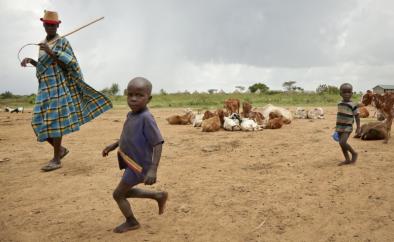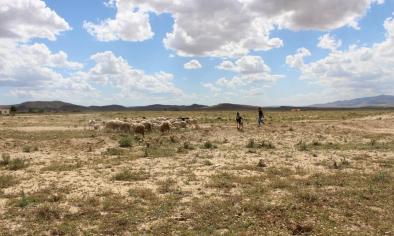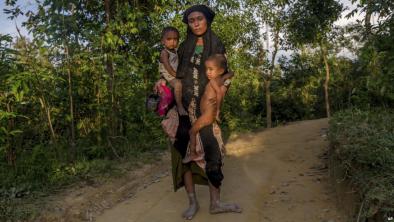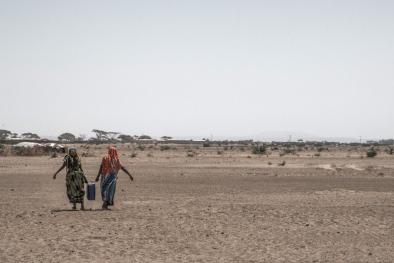Ethiopia is facing a killer drought. But it’s going almost unnoticed.
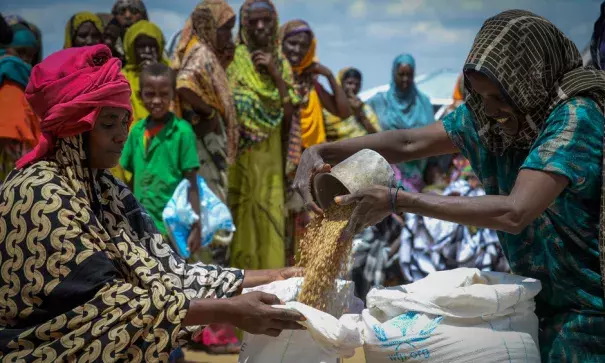
The announcement by the United Nations in March that 20 million people in four countries were teetering on the edge of famine stunned the world and rammed home the breadth of the humanitarian crisis faced by so many in 2017.
Yet even as donors struggle to meet the severe needs in the war-torn nations of Nigeria, South Sudan, Somalia and Yemen, another crisis, more environmental in nature, is taking place nearby — nearly unnoticed.
On Thursday, the Ethiopian government increased its count of the number of people requiring emergency food aid from 5.6 million to 7.7 million, a move that aid agencies say was long overdue. The figure is expected to rise further as southeast Ethiopia confronts another fierce drought.
But with food crises erupting across the continent and the government's budget strained by last year’s drought, the money isn't there to fight it. There could eventually be as many people in Ethiopia needing emergency food assistance as in Somalia and South Sudan combined.
Ethiopia, long associated with a devastating famine in the 1980s, returned to the headlines last year when it was hit by severe drought in the highland region, affecting 10.2 million people. Food aid poured in, the government spent hundreds of millions of its own money, and famine was averted.
Now it’s the turn of the lowland region, particularly the area bordering Somalia, where a drought brought on by warming temperatures in the Indian Ocean has ravaged the flocks of the herders in the region and left people without food.
With their sheep and goats mostly dead, the nomads are clustered in camps surviving on aid from the government and international agencies — but that food is about to run out.
...
“The droughts are coming more frequently and more often and they are worse — and that’s climate change. That’s very, very clear,” WFP regional spokeswoman Challiss McDonough said. “You talk to any farmer how are the rains now compared to 20-30 years ago, they see a difference in their lifetimes, particularly the older ones.”
Even while they have one of the smallest carbon footprints on the globe, herders’ fragile existence in the arid climate of the Horn of Africa is probably the most threatened by climate change.
Related Content
